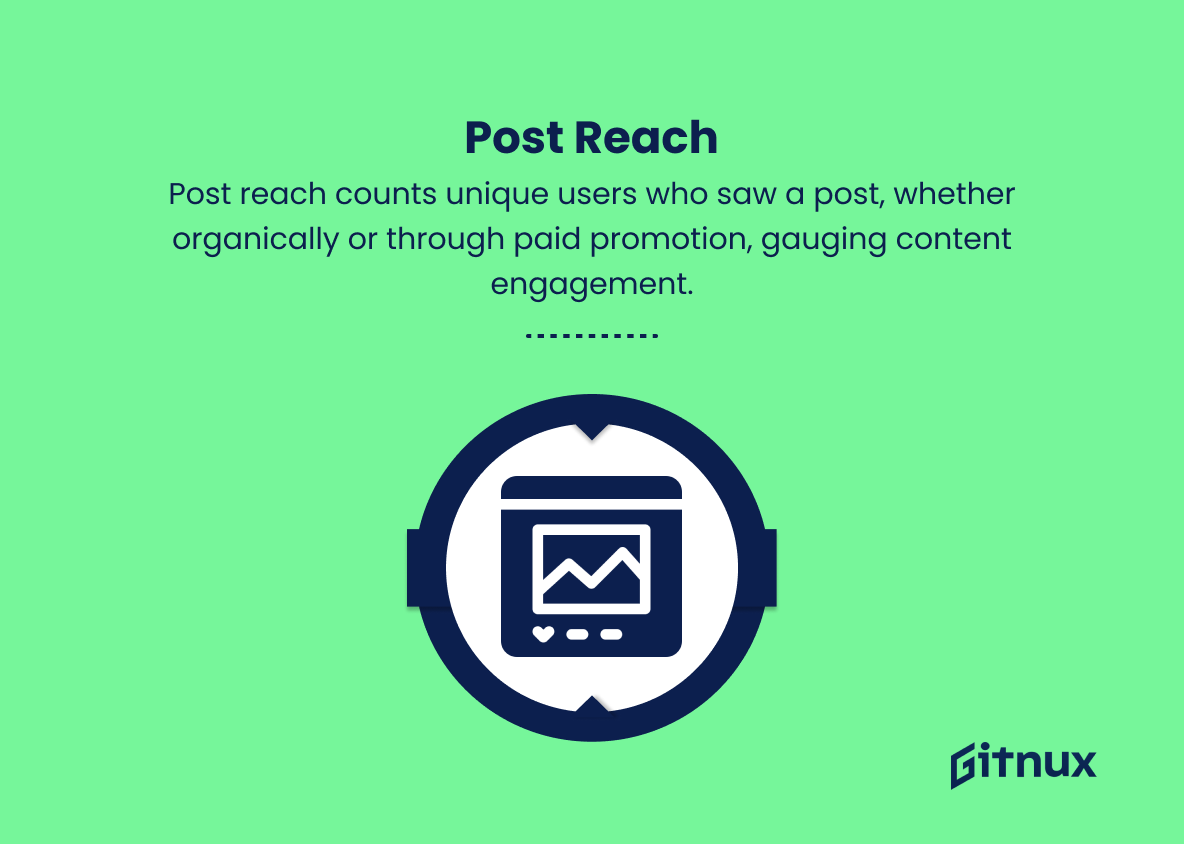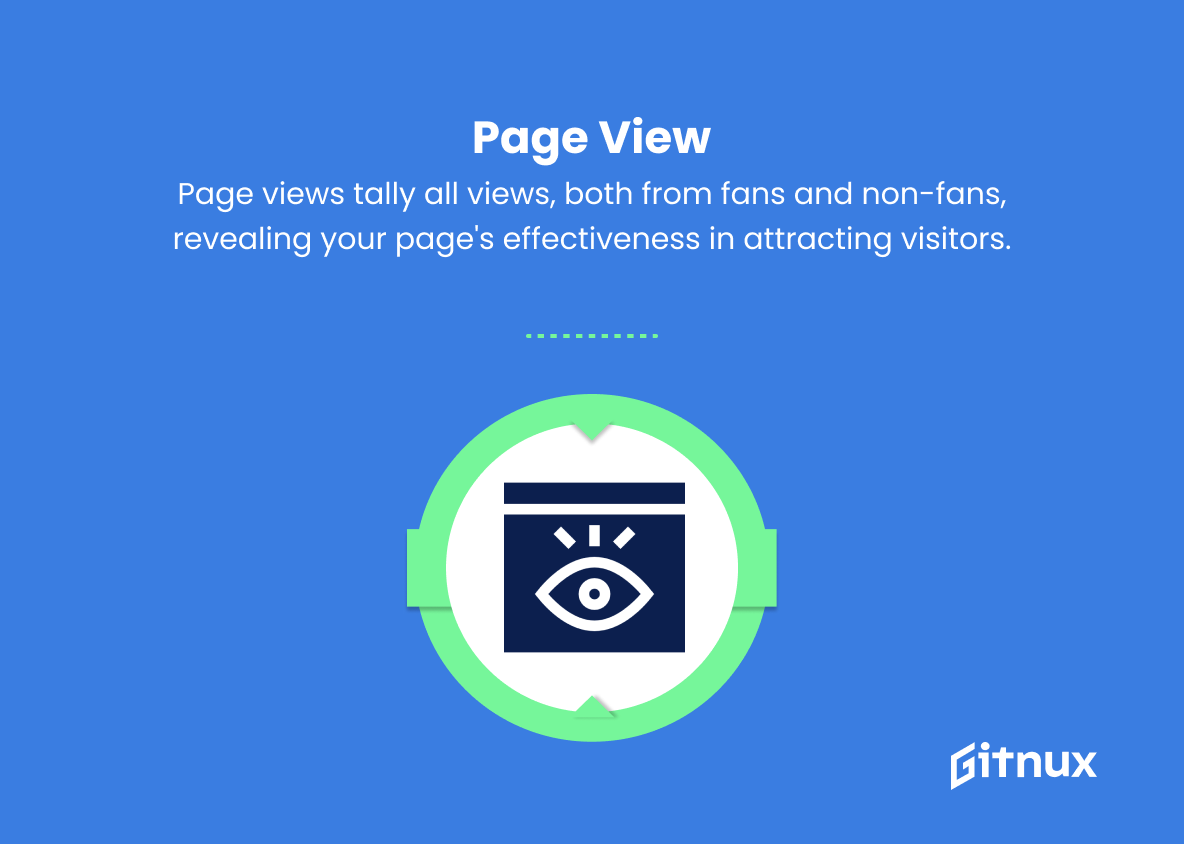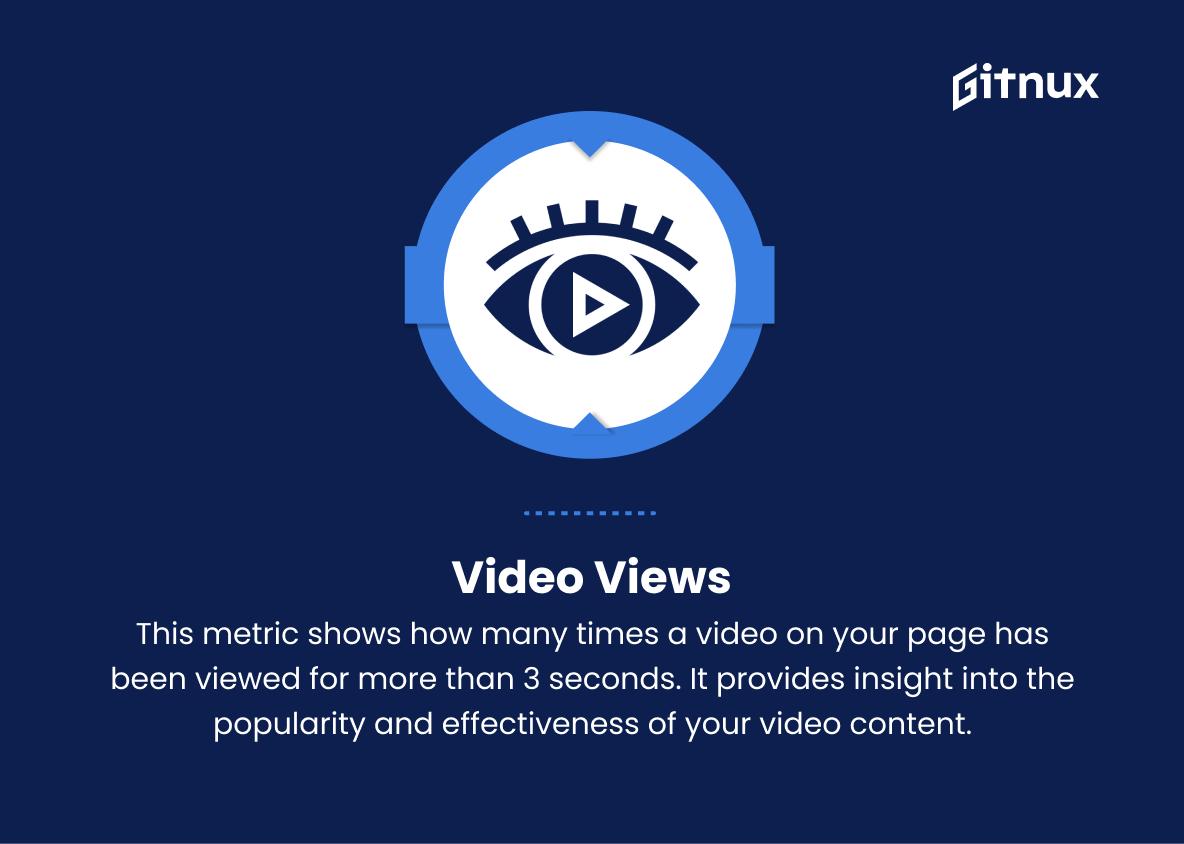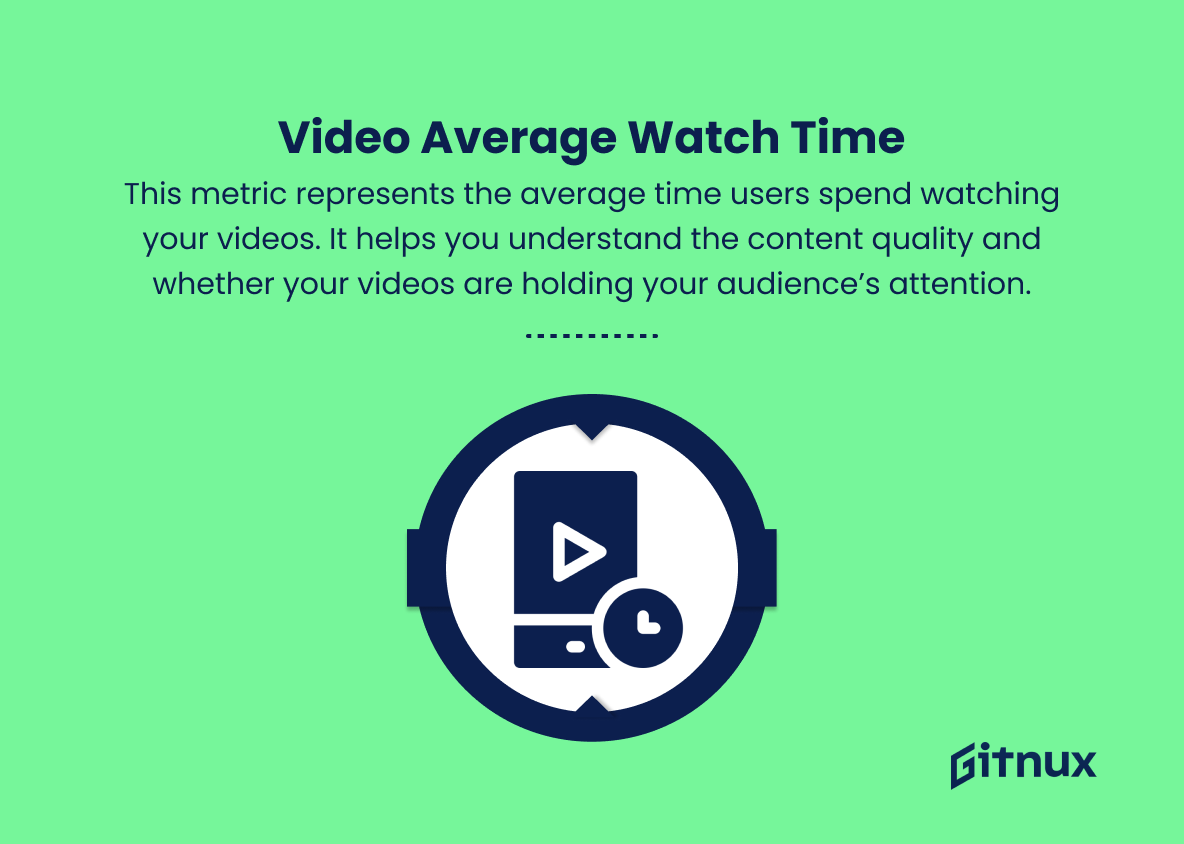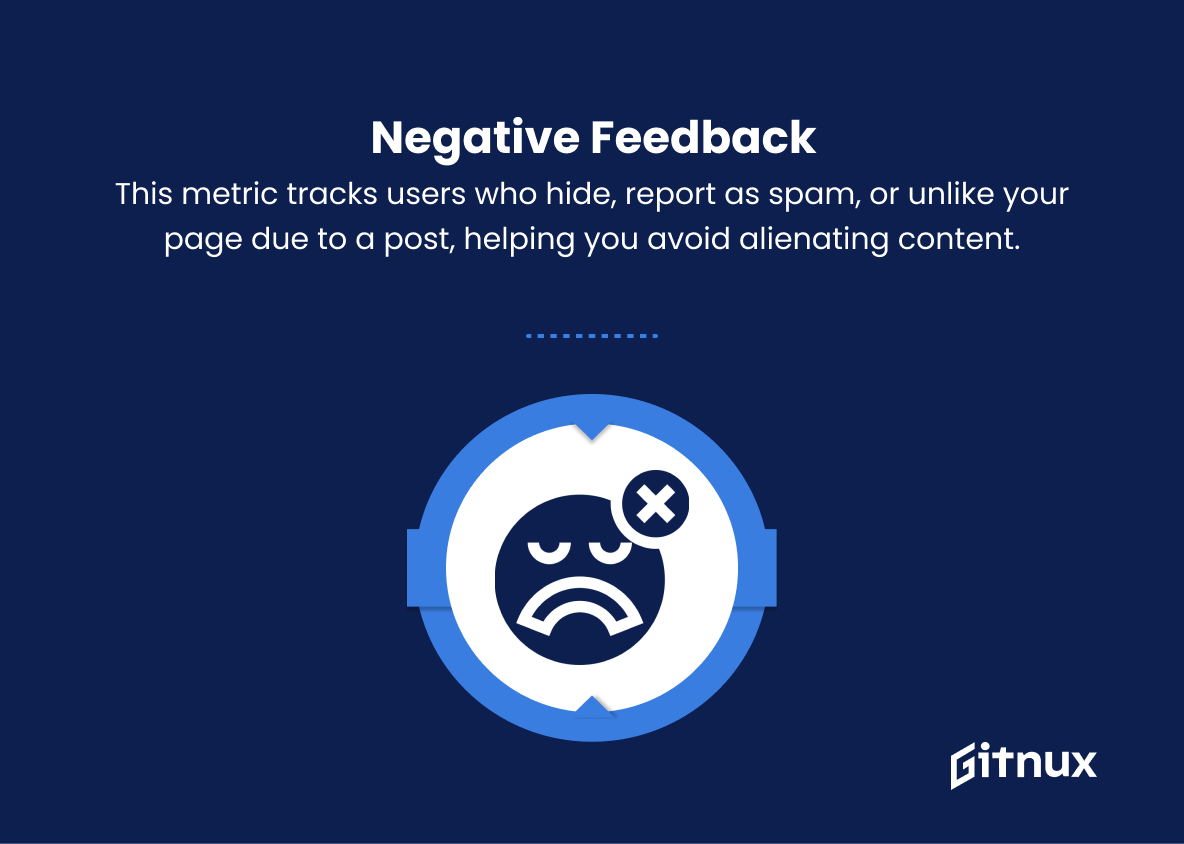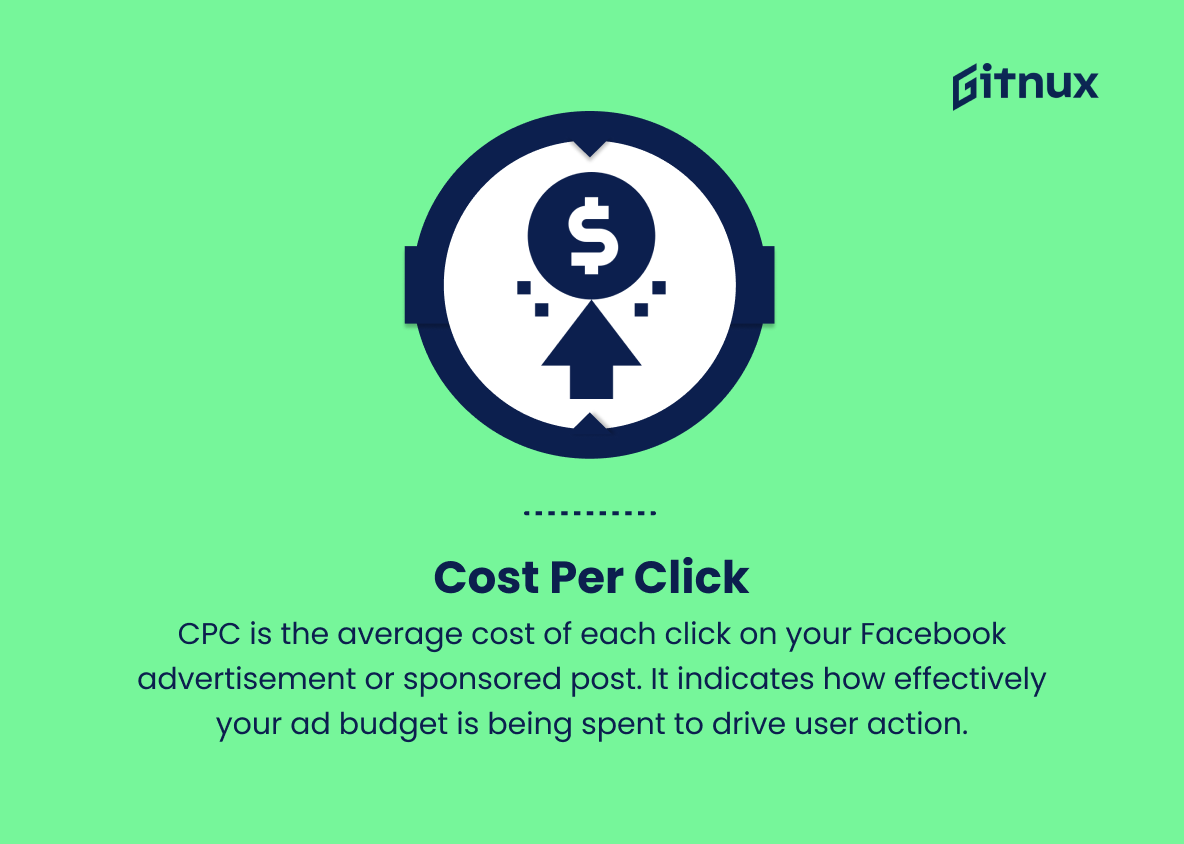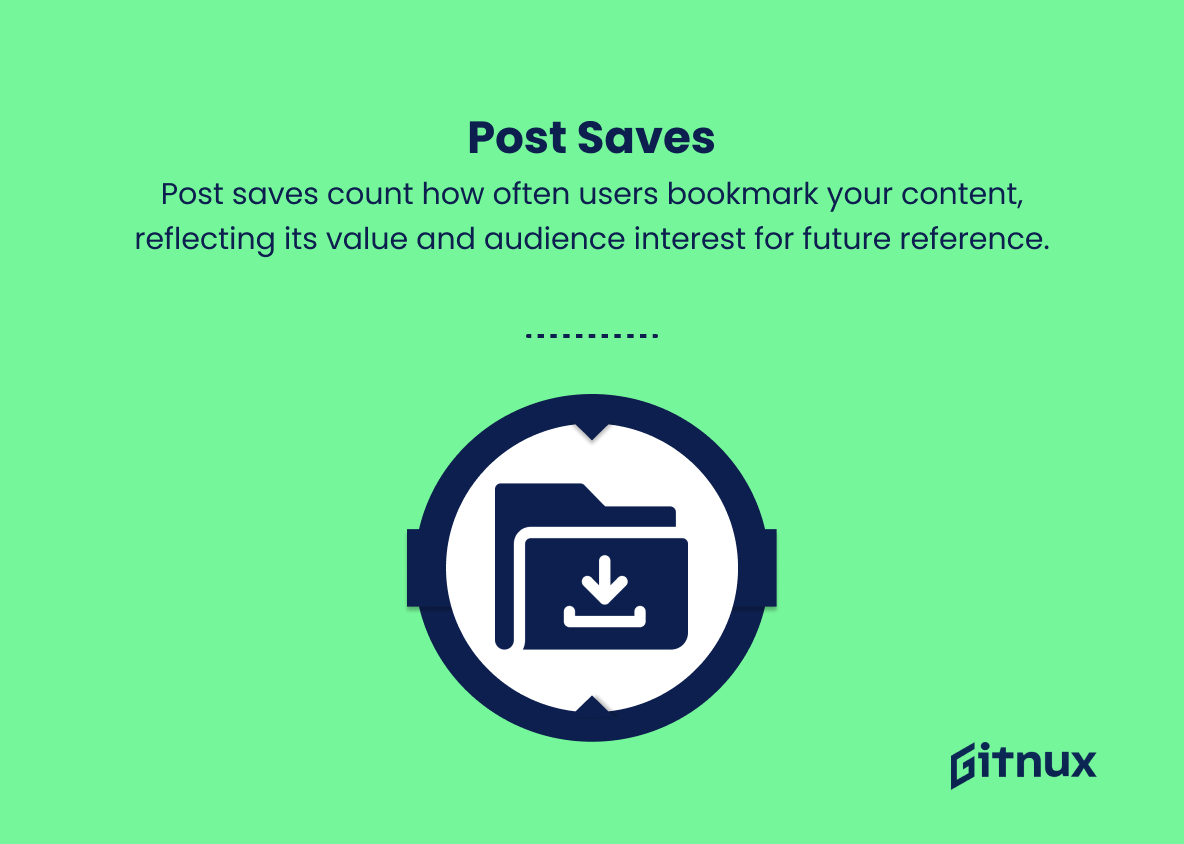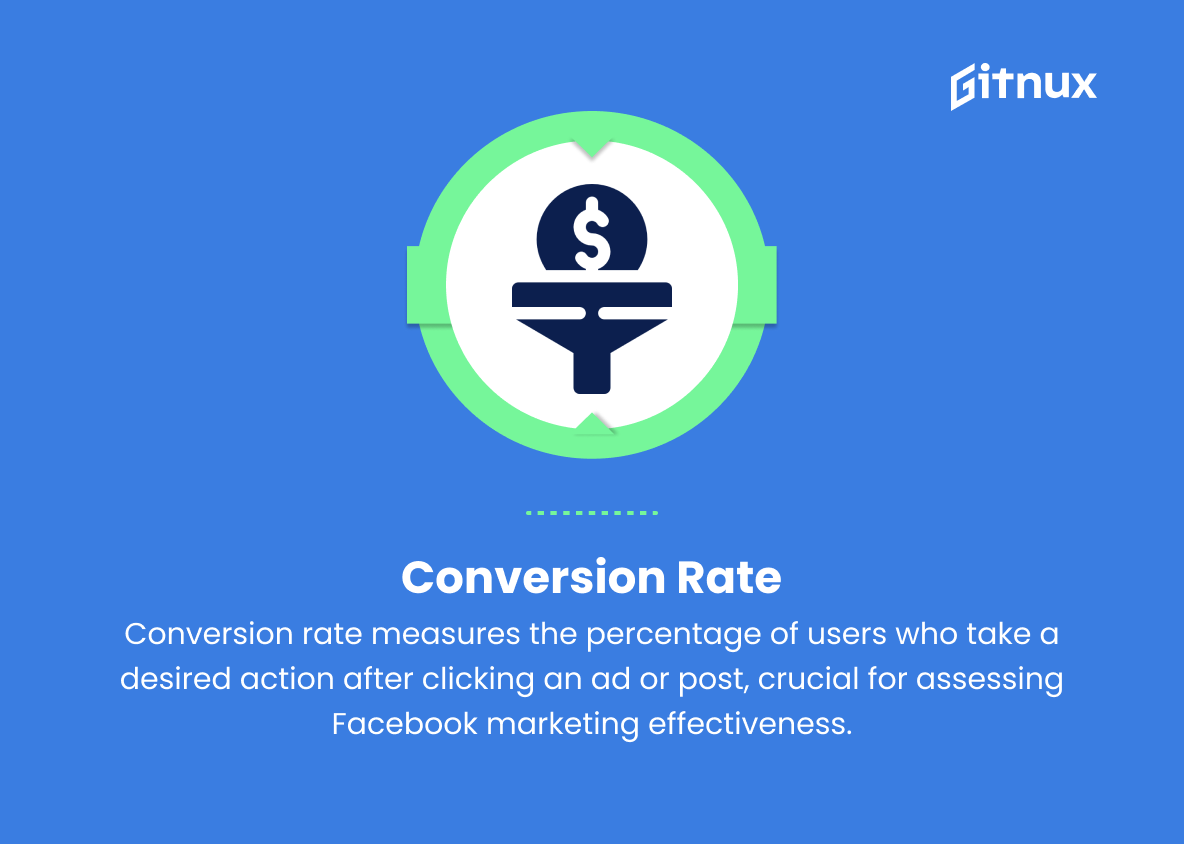In today’s fast-paced digital landscape, businesses must constantly adapt and evolve to stay ahead of the competition. An essential aspect of this is understanding and effectively leveraging social media platforms – particularly, Facebook. With over 2.7 billion monthly active users, Facebook offers a staggering potential market for businesses to engage with their target audience. However, merely having an online presence on this platform is not enough; it is crucial to gauge the effectiveness of your marketing efforts.
This is where Facebook Key Performance Indicators (KPIs) come into play. In this comprehensive blog post, we delve into the world of Facebook KPIs, illuminate their importance, and provide valuable insights on how to successfully measure and optimize your social media campaigns to achieve the desired results. Are you ready to take your Facebook marketing game to the next level? Let’s dive in.
Facebook KPI Metrics You Should Know
1. Page Likes
This metric shows the total number of likes a Facebook page has received. It is an important indicator of brand popularity and audience growth.
2. Post Reach
Post reach is the number of unique users who have seen a specific post on their newsfeed, whether organically or through paid promotion. It measures the ability of content to engage with a wider audience.
3. Post Impressions
Post impressions are the total number of times a post is displayed on user’s newsfeed, including multiple views by the same user. This metric provides an idea of how often your content is being seen by your audience.
4. Post Engagement
Post engagement measures the number of actions users take on a post, such as likes, comments, and shares. High engagement indicates that your content resonates with your audience and encourages them to interact with your brand.
5. Click-Through Rate (CTR)
CTR is the ratio of clicks to impressions for a post, link, or advertisement. It gauges the effectiveness of content in driving users to take action, such as visiting your website or consuming more content.
6. Page View
Page views are the total number of views your Facebook page receives, including views from both fans and non-fans. This metric can help identify the effectiveness of your page’s content and layout in attracting visitors.
7. Video Views
This metric shows how many times a video on your page has been viewed for more than 3 seconds. It provides insight into the popularity and effectiveness of your video content.
8. Video Average Watch Time
This metric represents the average time users spend watching your videos. It helps you understand the content quality and whether your videos are holding your audience’s attention.
9. Page Followers
Page followers are the number of users who have chosen to follow your page. It indicates your brand’s ability to maintain a long-term relationship with your audience and mobilize them for future updates and content.
10. Negative Feedback
This metric shows the number of users who have hidden your post, reported it as spam, or unliked your page due to a particular post. It is essential to monitor this metric to avoid posting content that may alienate your audience.
11. Cost Per Click (CPC)
CPC is the average cost of each click on your Facebook advertisement or sponsored post. It indicates how effectively your ad budget is being spent to drive user action.
12. Return on Ad Spend (ROAS)
ROAS is a measure of the revenue generated from your Facebook advertising efforts compared to the cost of those efforts. It provides insight into the overall financial effectiveness of your Facebook advertising strategy.
13. Fan Growth Rate
This KPI measures the rate at which your Facebook page is gaining new fans or followers per day, week, or month. It provides insight into your success in growing your brand’s presence and attracting new fans over time.
14. Post Saves
Post saves are the number of times users have saved your post to revisit later. It indicates the perceived value of your content and its ability to capture the audience’s interest for future reference.
15. Conversion Rate
Conversion rate measures the percentage of users who take a desired action after clicking on an advertisement or post, such as making a purchase, signing up for a newsletter, or downloading an app. This metric is crucial for gauging the effectiveness of your Facebook marketing efforts in driving desired outcomes.
Facebook KPI Metrics Explained
Facebook KPI metrics play a pivotal role in assessing the performance and impact of a brand’s social media presence. Page likes serve as a vital indication of brand popularity and audience growth. The post reach measures the content’s ability to engage a wider audience, while post impressions provide insight into how often your content is being seen. Post engagement evaluates the audience’s interaction with your content, whereas click-through rate gauges the effectiveness of your content in driving user action. Page views and video views symbolize the attractiveness of a page’s content and layout, while video average watch time measures the content quality and viewer retention.
Page followers reveal how well a brand can maintain long-term audience relationships, while negative feedback ensures content does not alienate the audience. Cost per click and return on ad spend provide insights into ad budget efficiency and the overall financial effectiveness of Facebook ad strategies. Fan growth rate signifies your success in growing your brand’s online presence, whereas post saves and conversion rates indicate the value of your content and the effectiveness of your marketing efforts in driving desired outcomes. Overall, these KPIs help to optimize your Facebook marketing strategies and enhance your brand’s online presence.
Conclusion
In conclusion, Facebook KPI metrics provide valuable insights into the success and effectiveness of your marketing efforts on the platform. By tracking and analyzing these metrics, you can make informed decisions on how to optimize your strategies and make the most of your budget.
Whether it’s engagement, reach, conversions, or ROI, understanding these key performance indicators will enable you to develop an effective social media marketing approach tailored to your specific business goals. Keep a close eye on your Facebook KPI metrics and adjust your tactics accordingly to amplify your brand presence and stay ahead of the competition.

